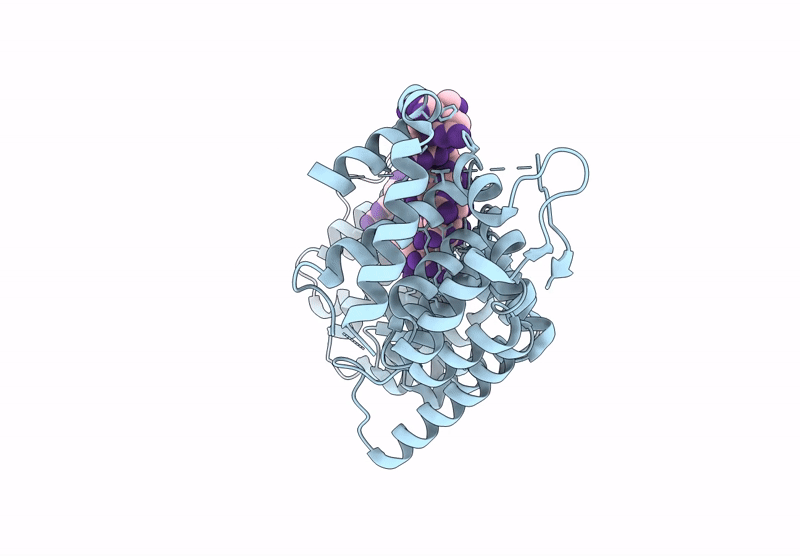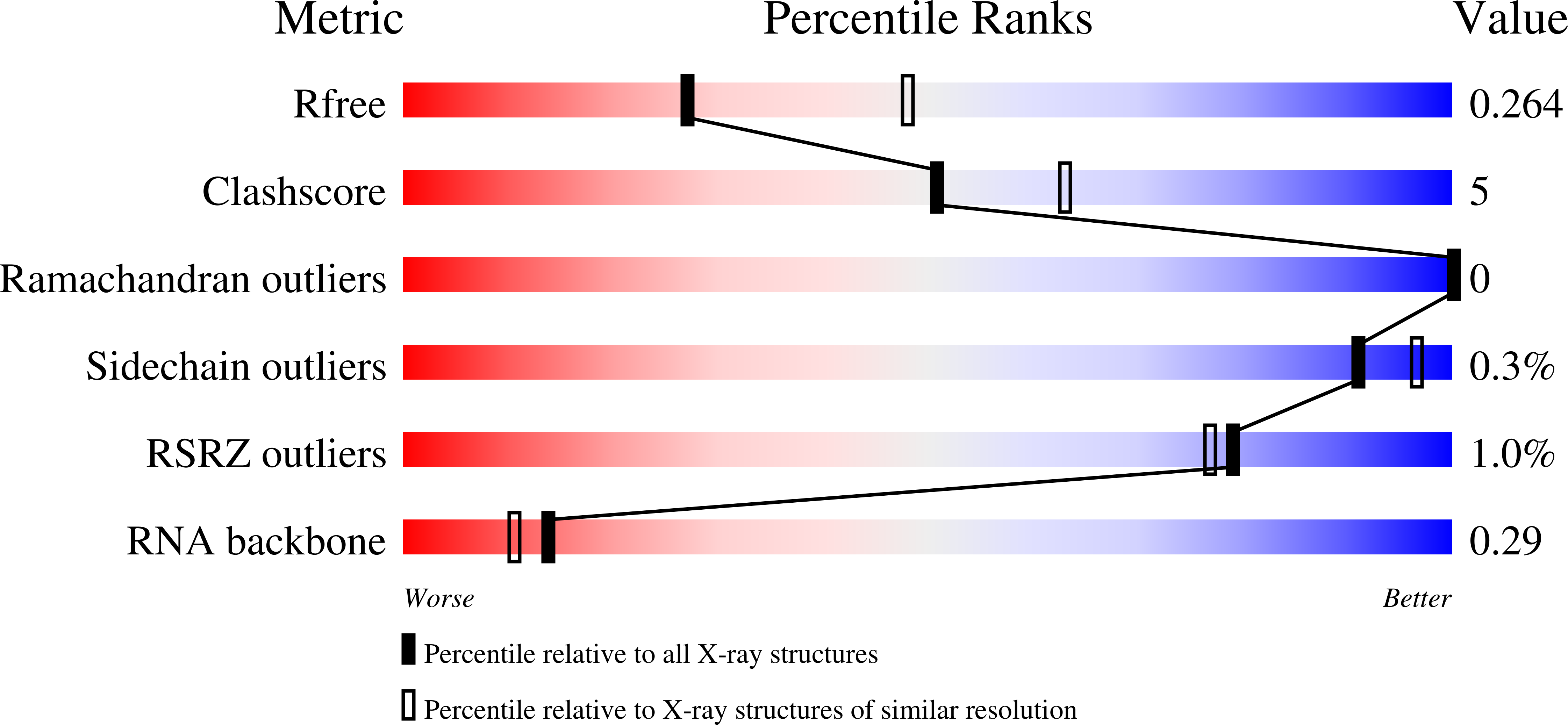
Deposition Date
2025-03-04
Release Date
2025-08-20
Last Version Date
2025-09-24
Entry Detail
PDB ID:
9NM3
Keywords:
Title:
Crystal structure of FBF-1 RBD+CT complexed with compact FBE RNA
Biological Source:
Source Organism:
Caenorhabditis elegans (Taxon ID: 6239)
Host Organism:
Method Details:
Experimental Method:
Resolution:
2.65 Å
R-Value Free:
0.26
R-Value Work:
0.21
R-Value Observed:
0.21
Space Group:
P 21 2 21


